Gimjinmoksam (김진목삼)
14.0Km 2021-03-23
51, Jahamun-ro, 1-gil, Jongno-gu, Seoul
+82-2-929-2929
This is a place where the staff directly grills pork that has been certified by Handon. This Korean dishes restaurant is located in Jongno-gu, Seoul. The representative menu is grilled pork shoulder.
Doseong (도성)
14.0Km 2021-03-26
15, Jahamun-ro 7-gil, Jongno-gu, Seoul
+82-2-738-8885
Sujebi jjambbong (Korean spicy seafood noodle soup with hand-pulled dough) is also a popular menu. This restaurant's signature menu is noodles in black bean sauce. This Korean dishes restaurant is located in Jongno-gu, Seoul.
GOGHI (고희)
14.1Km 2021-03-26
17, Jahamun-ro 12-gil, Jongno-gu, Seoul
+82-2-734-4907
A good café to have a meal as it has a brunch menu as well as drinks. This cafe is located in Jongno-gu, Seoul. The representative menu is americano.
Bibliothèque Gyujanggak à l'université nationale de Séoul (서울대학교 규장각)
14.1Km 2021-09-14
1, Gwanak-ro, Gwanak-gu, Seoul
Gyujanggak fut fondée en 1776 au cours du règne du Roi Jeongjo, le 22ème roi de la Dynastie Joseon, époque à laquelle elle se situait dans l'enceinte du palais Changdeokgung. Elle servait de librairie royale qui abritait les écrits des rois précédents, leurs reliques et des livres locaux et étrangers.
Aujourd'hui, Seoul National University conserve les articles du Gyujanggak dans une hanok, une maison traditionelle coréenne, spécialement équipée pour la préservation des biens culturels. Elle abrite en plus une variété de livres sur la politique, l'économie et la société.
Gyujanggak abrite aujourd'hui plus de 280,000 articles dont 7 trésors nationaux, 8 trésors, plus de 180,000 livres anciens, environ 50,000 documents et 18,000 Chaekpan (blocs d'impression). Parmi ces reliques, Joseon Wangjo Sillok (les annales de la Dynastie Joseon, trésor national No. 151), Seungjeongwon Ilgi (le journal du Secrétariat Royal, trésor national No. 303) et Uigwe (les protocoles royaux de la Dynastie Joseon) ont été désignés comme héritages culturels par l'UNESCO. Le hall d'exposition du Gyujanggak est ouvert au public.
Université Nationale de Séoul (서울대학교)
14.1Km 2023-07-05
Sillim-dong, Gwanak-gu, Séoul
+82-2-880-5114
Fondée en 1946, l’université nationale de Séoul est riche en histoire et en tradition. L’université a été créée autour de l’université Kyongsong par la fusion de plusieurs universités spécialisées publiques et privées. C’est à présent une université pluridiscipinaire qui s’est hissée à la première place des universités publiques du pays. Elle possède un campus à Daehak-dong dans le quartier de Gwanak-gu, et un campus à Yeongeon-dong dans le quartier de Jongno-gu.
Musée d'art, Université de Séoul (서울대학교미술관)
14.1Km 2021-02-26
1, Gwanak-ro, Gwanak-gu, Seoul
+82-2-880-9504
Le Musée d’Art de Seoul National University fut établi en tant qu’insitution indépendante en 1995, après plusieurs années de développement sous la direction du Département d’Art Moderne. C’est le premier musée universitaire de Corée spécialisé dans l’art moderne et contemporain.
Conçu par l’architecte Rem Koolhass, l’édifice a été construit par Samsung Group. Il a depuis évolué en un complexe culturel équipé d’un hall d’exposition, d’un amphithéâtre, d’une salle de classe et d’autres installations. Le musée propose des programmes d’éducation ouverts pour les étudiants et les visiteurs.
En plus des travaux artistiques modernes et contemporains, le musée rassemble plusieurs formes d’art comme l’architecture, la musique, la littérature, le cinéma et le théâtre.
Velvet Moon (벨벳문)
14.1Km 2021-03-26
39, Jahamun-ro 5-gil, Jongno-gu, Seoul
+82-10-4028-9957
This coffee shop roasts coffee beans directly. This Korean dishes restaurant is located in Jongno-gu, Seoul. The most famous menu is espresso.
Seochon Guest House [Korea Quality] / 서촌 게스트하우스 [한국관광 품질인증]
14.1Km 2023-04-07
28-3, Jahamun-ro 7-gil, Jongno-gu, Seoul
+82-010-3345-9680
Seochon Guest House is located in Seochon, which is becoming a hot place for tourists in Seoul, and precisely on the road to Suseong Valley, whichis filled with interesting stores and is also well-known for Park Nosoo Art Gallery and the House of Yun Dong-ju (poet). Seochon Guest House is nicknamed ‘Jaeminangol (interesting village)’ after Baekseok’s poem ‘Yeowunangol’, with the aim of providing a visit full of interesting experiences. Passing through a garden and entering the main building, the unique charm of this hanok building, the staircase to get to the first floor from daecheong (main floored room), catches the eye of the visitors. In addition, the building is decorated with various stylish objects including paintings and Korean musical instruments. The terrace situated on the first floor offers an open view of the surrounding area including roof tiles of hanok structures and alleyways in Seochon. It is said that Korean novelist Yoon Hu-myeong also appreciated the structure of the guesthouse, saying, “It is an interesting place.” Built in the 1930s, the house, which has many storage places, was taken by the owner couple in spring 2014 as they were attracted by the house during their trip to Seochon. After the repair work, the ground floor of the house was opened for guests from January 2016, hoping that guests could share their daily experiences and stories with each other. The guestrooms and the main floored room on the ground floor are open to guests, with the exception of the first floor, which is used by the owner couple. The living room is equipped with books, a curved TV, and a table. The tasty meal, which is served in the kitchen, consists of rice and soup with six side dishes and is much loved by guests. The guesthouse offers a total of four rooms – Jae Room, which is the most Korean-style room; Mi Room, which has a combined style of a Korean-style room and Western-style room; Nan Room, which is an ideal room for meditation with a beautiful paper window; and Ahn Room, which is equipped with a veranda and a pretty flowerbed. Every room has its separate charm with various comfortable bedding to provide a quiet and cozy bedroom for guests in the middle of the city. Furthermore, the guesthouse holds a pansori (epic chant) performance twice a year. The owner started learning how to sing pansori to promote the Korean culture and tradition to foreigners. When a pansori performance is held, the owner offers traditional Korean snacks and drinks including sikhye (sweet rice punch), sujeonggwa (cinnamon punch), traditional sweets and cookies, and tteok (rice cakes) to visitors, tourists, and performers. Moreover, it provides cultural programs such as a Gukak (Korean classical music) experience, Korean traditional clothes experience, and making Korean food experience, as well as other activities with guests, such as trip to the city wall between Inwangsan Mountain and Bugaksan Mountain, and the Royal Palace Tour to Gyeongbokgung Palace, etc., as well as a trip to a traditional market.
Seoul Garden Hotel (베스트웨스턴 프리미어 서울가든호텔)
14.1Km 2021-05-07
58, Mapo-daero, Mapo-gu, Seoul
Seoul Garden Hotel is the only 4-star hotel in the Mapo area. Conveniently located near Yeouido’s business center and the shopping area of Itaewon, the hotel is a prime accommodation for business travelers as well as leisure guests. The hotel is between two subway stations on four different lines, including the Airport Railroad, making it easy to get to the hotel. Guests can be assured of quality of accommodations at reasonable rates. The hotel includes restaurants, banquet halls, a business center, a fitness center, and more.
Musée des meubles en Corée (한국가구박물관)
14.1Km 2024-10-25
121, Daesagwan-ro, Seongbuk-gu, Seoul
Le musée des meubles en Corée est situé dans le quartier Seongbuk-dong à Seoul. Il permet de découvrir en particulier des meubles traditionnels en Corée notamment datant de la dynastie Joseon. La visite des lieux se fait par groupe et avec un guide.
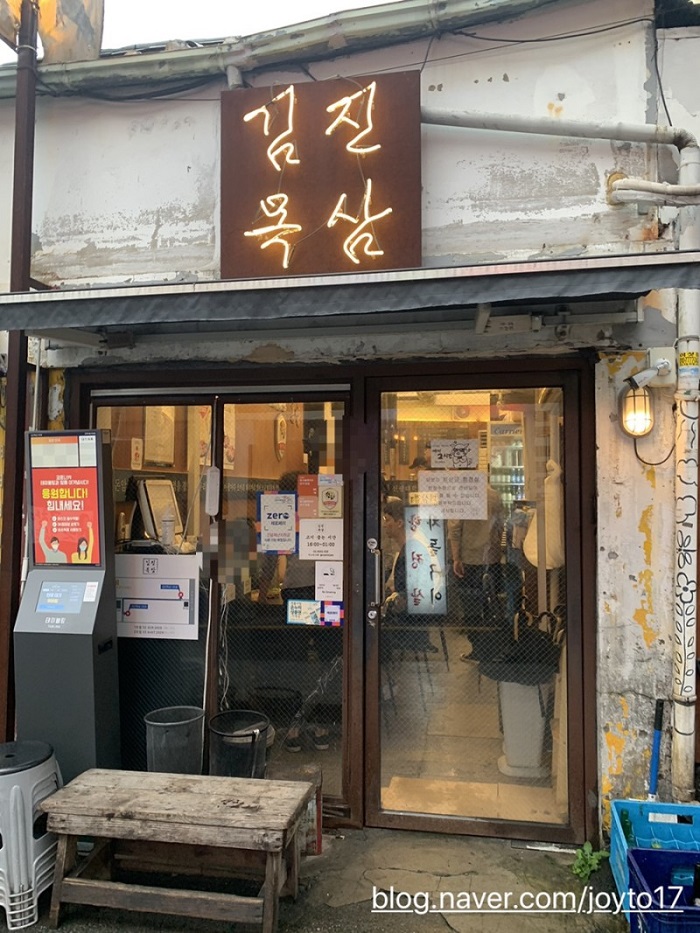
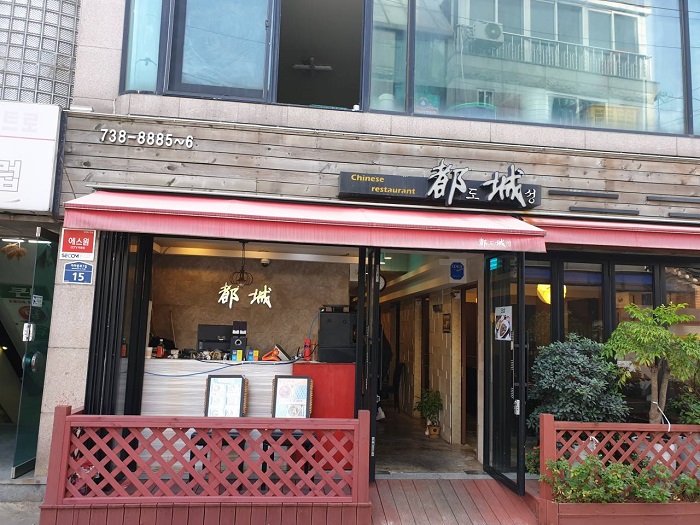
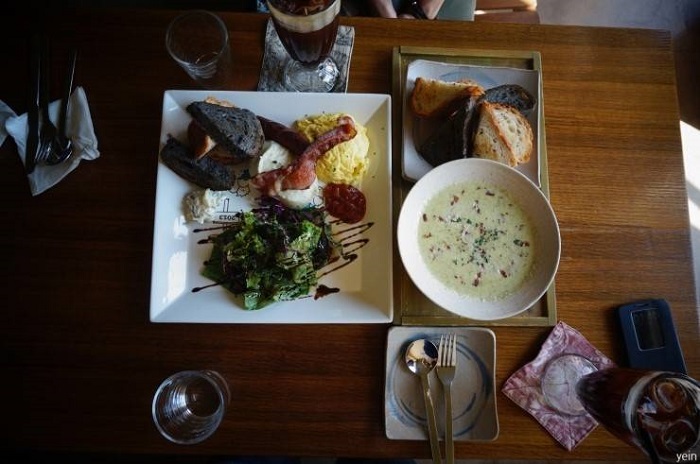
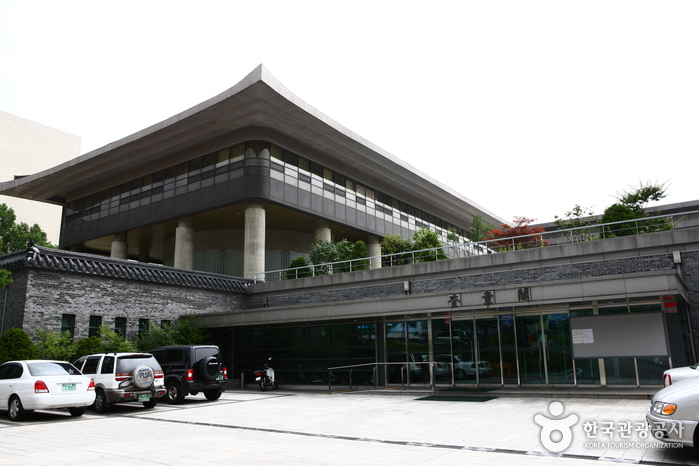

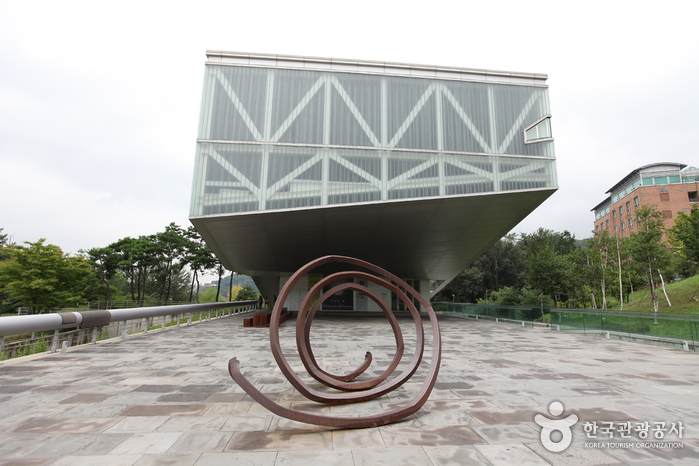
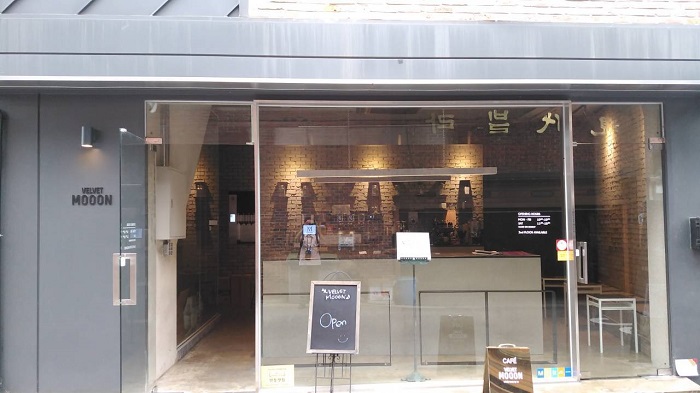
![Seochon Guest House [Korea Quality] / 서촌 게스트하우스 [한국관광 품질인증]](http://tong.visitkorea.or.kr/cms/resource/41/2447241_image2_1.jpg)
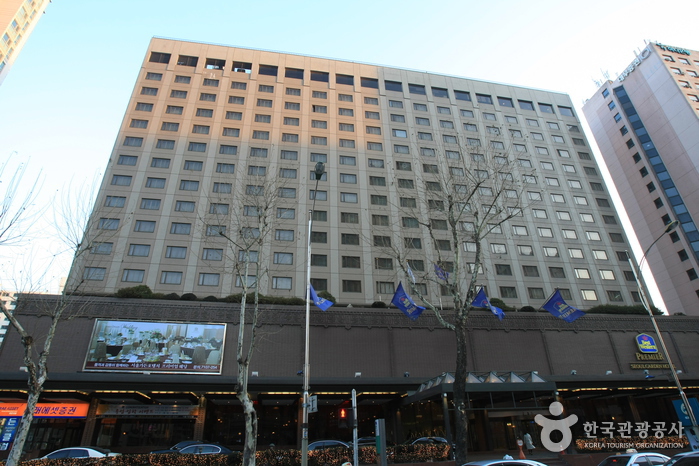
 Français
Français
 한국어
한국어 English
English 日本語
日本語 中文(简体)
中文(简体) Deutsch
Deutsch Español
Español Русский
Русский